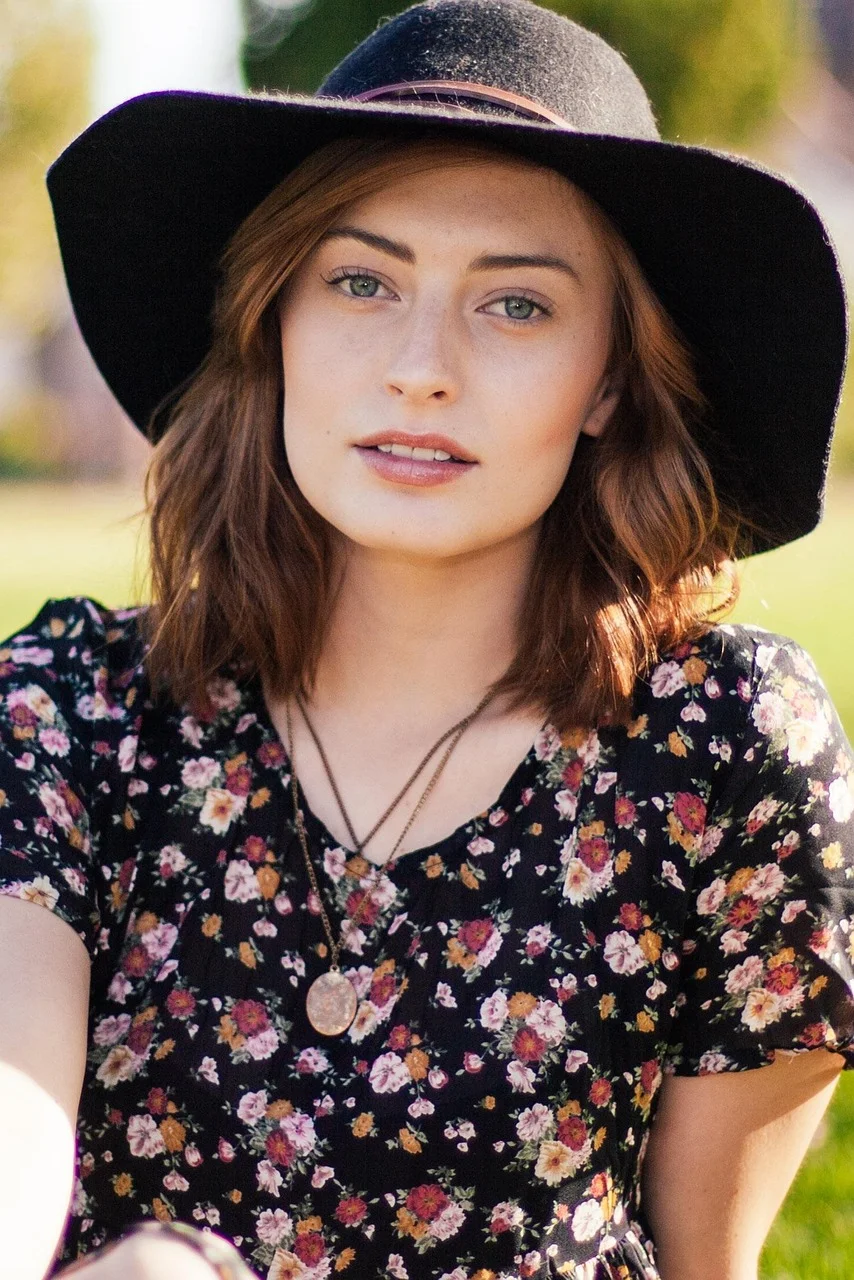The search for a tattoo that is both visually stunning and rich with meaning often leads people to the natural world. The morning glory flower tattoo is a captivating choice, blending delicate beauty with powerful symbolism. This bloom, which opens with the dawn and fades by afternoon, tells a story of love, resilience, and the preciousness of each new day.
If you are considering this design, understanding its depth—from cultural history to modern styling—is the perfect first step. This guide will walk you through everything you need to know to bring your vision to life.
The Meaning Behind the Bloom
Before committing to a design, it’s important to connect with what the morning glory represents. Its symbolism is beautifully complex, offering a range of personal interpretations.
- Love and Affection: In the Victorian language of flowers, morning glories symbolize a deep, enduring love. Their clinging vines represent a bond that holds fast through life’s challenges.
- The Cycle of Life: The flower’s brief daily lifespan serves as a poignant reminder of life’s fleeting nature. It can symbolize mortality, rebirth, and the importance of cherishing every moment.
- Resilience and Strength: Despite its delicate appearance, the morning glory is a tenacious plant. It embodies the ability to thrive in difficult conditions, making it a powerful emblem of personal strength.
- Hope and New Beginnings: Each new blossom is a testament to the promise of a fresh start. A morning glory tattoo can be a daily reminder that the dawn brings new opportunities.
Cultural Significance Around the World
The meaning of the morning glory shifts across different cultures, adding layers of depth for those with specific heritages or philosophical beliefs.
- In Chinese Culture: Known as Qian Niu, the flower is associated with a single, perfect day of beauty and is often linked to scholars and artists.
- In Japanese Culture: Referred to as Asagao, it is a celebrated symbol of summer and the impermanence of life, reflecting a graceful acceptance of change.
- In Victorian Tradition: The complex “language of flowers” used the morning glory to convey a message of love, though it could also represent mortality, depending on the context.
Finding Your Personal Connection
Why does this particular flower resonate? The answer is as unique as the person wearing the tattoo.
- A Memorial Piece: Its representation of life’s transient beauty makes it a moving tribute to a loved one.
- A Symbol of Overcoming: For anyone who has endured hardship, the flower’s resilience serves as a badge of honor and survival.
- A Celebration of Love: It can beautifully capture the essence of deep affection, whether romantic, familial, or self-love.
- An Appreciation for Nature: For those who find peace in the natural world, it is a permanent connection to Earth’s simple wonders.
Exploring Design Styles
The morning glory is wonderfully versatile, adapting to nearly any aesthetic. Here are some popular approaches to consider.
Realistic Depictions
For those who want to capture the flower’s true beauty, a realistic design focuses on intricate detail.
- Vibrant Colors: Deep purples, brilliant blues, and soft pinks mimic the flower’s natural hues.
- Textural Details: Artists capture the delicate veining in the petals and the play of light and shadow.
- Ideal Placement: This style works well on larger canvases like the forearm, thigh, or back.
Black and Gray Elegance
This style highlights the flower’s form in a subtle, sophisticated way that ages beautifully.
- Focus on Form: Shading and line work create depth and dimension without color.
- Timeless Appeal: The result is a more personal and often more symbolic piece.
- Versatile Placement: It works beautifully for both large and small-scale designs.
Minimalist and Line Art
For a modern, understated look, minimalist designs capture the essence of the flower with clean lines.
- Simple Silhouettes: Fine lines outline the flower’s shape with precision.
- Abstract Concepts: A single petal or a simple spiral bud can be just as powerful.
- Discreet Placement: Perfect for the wrist, ankle, or behind the ear.
Watercolor Techniques
This style creates a soft, ethereal effect, mimicking the look of paint on canvas.
- Splashes of Color: Designs often feature color bleeds and splatters without harsh outlines.
- Artistic Expression: It perfectly captures the flower’s delicate and transient nature.
- Expertise Required: It’s crucial to choose an artist who specializes in this technique.
Incorporating Vines and Leaves
Including the plant’s heart-shaped leaves and winding vines can add movement and flow to the design.
- Wrap-Around Designs: Vines can elegantly encircle a limb like an arm or leg.
- Framing Elements: They can be used to frame a cluster of flowers or another symbolic element.
- Natural Movement: Vines help guide the eye through the composition in a dynamic way.
Meaningful Design Combinations
You can amplify your tattoo’s story by pairing the morning glory with other symbolic elements.
- With a Hummingbird: The hummingbird, a symbol of joy and resilience, is a natural pollinator. Together, they represent seizing the sweetness of life.
- With the Moon: This pairing represents the balance of opposites—the sun-loving flower and the moon, connecting to the full cycle of day and night.
- With a Meaningful Quote: Intertwining the vines with a special word or phrase adds a deeply personal layer to the design.
Choosing the Right Placement
Where you place your tattoo will significantly influence its look and feel.
- Arm and Forearm: These visible areas are great for vertical designs with cascading vines.
- Leg, Thigh, and Calf: These larger, flatter spaces are ideal for complex and detailed scenes.
- Back and Shoulder: Perfect for expansive pieces, like a garden trellis or a wrap-around vine.
- Discreet Areas: The ankle, wrist, or behind the ear are ideal for smaller, minimalist designs.
The Process: From Consultation to Aftercare
Knowing what to expect ensures a smooth and positive tattoo experience.
Finding the Right Artist
Your artist is your partner in this process. Take your time to find the right fit.
- Review Portfolios: Look for an artist with experience in your chosen style, whether it’s realism or watercolor.
- Schedule a Consultation: Discuss your ideas openly. A good artist will provide feedback and create a custom design for you.
Preparing for Your Session
A little preparation goes a long way toward a comfortable experience.
- Stay Hydrated: Drink plenty of water in the days before your appointment.
- Eat a Good Meal: Have a solid meal about an hour before your session to help maintain your energy.
- Dress Comfortably: Wear clothing that allows easy access to the area being tattooed.
Understanding Tattoo Pain
It’s honest to acknowledge that tattoos involve some discomfort, but it is very manageable.
- Varying Sensitivity: Areas with more muscle and fat (like thighs) are generally less sensitive than bony areas (like ankles or ribs).
- Mental Preparation: Bringing headphones, practicing deep breathing, and taking breaks can make the process easier.
Caring for Your New Tattoo
Proper aftercare is essential for a tattoo that heals well and looks vibrant for years to come. Always follow your artist’s specific instructions, but here are the general guidelines.
- The First Few Hours: Gently remove the bandage after the time specified by your artist. Always wash your hands before touching the tattoo.
- Gentle Cleaning: Use lukewarm water and a fragrance-free, antibacterial soap to gently wash the area. Pat it dry with a clean paper towel—do not rub.
- Moisturizing: After the tattoo is dry, apply a thin layer of a recommended aftercare ointment. After a few days, you can switch to a fragrance-free lotion.
- Managing the Itch: As it heals, your tattoo will peel and itch. This is normal. Resist the urge to scratch; gently tapping the area can provide relief.
- Sun Protection: Once healed, always apply a high-SPF sunscreen to your tattoo. UV rays are the primary cause of fading.
Answering Common Questions
What is the main symbolism of a morning glory tattoo?
It primarily represents love, affection, resilience, and the fleeting beauty of life. It’s also a symbol of hope and new beginnings.
Do these tattoos have to be in color?
Not at all. While color can be beautiful, black and gray, line art, and minimalist designs are very popular and offer a timeless look.
Where is the best place to get this tattoo?
The best placement depends on your design. Larger pieces suit forearms, calves, and thighs, while smaller, simpler designs work well on ankles, wrists, or behind the ear.
How can I make my color tattoo last?
The most important thing is sun protection. Applying a high-SPF sunscreen every day will dramatically slow down the fading process.
How long does the healing process take?
The surface typically heals within 2-3 weeks, but the skin underneath continues to settle for a few months. During this time, the tattoo may appear slightly cloudy before it reaches its final clarity.

Grace is a lifestyle writer from California who loves starting mornings with positivity. At Mornetic, she shares uplifting quotes and cheerful messages to brighten your day.



